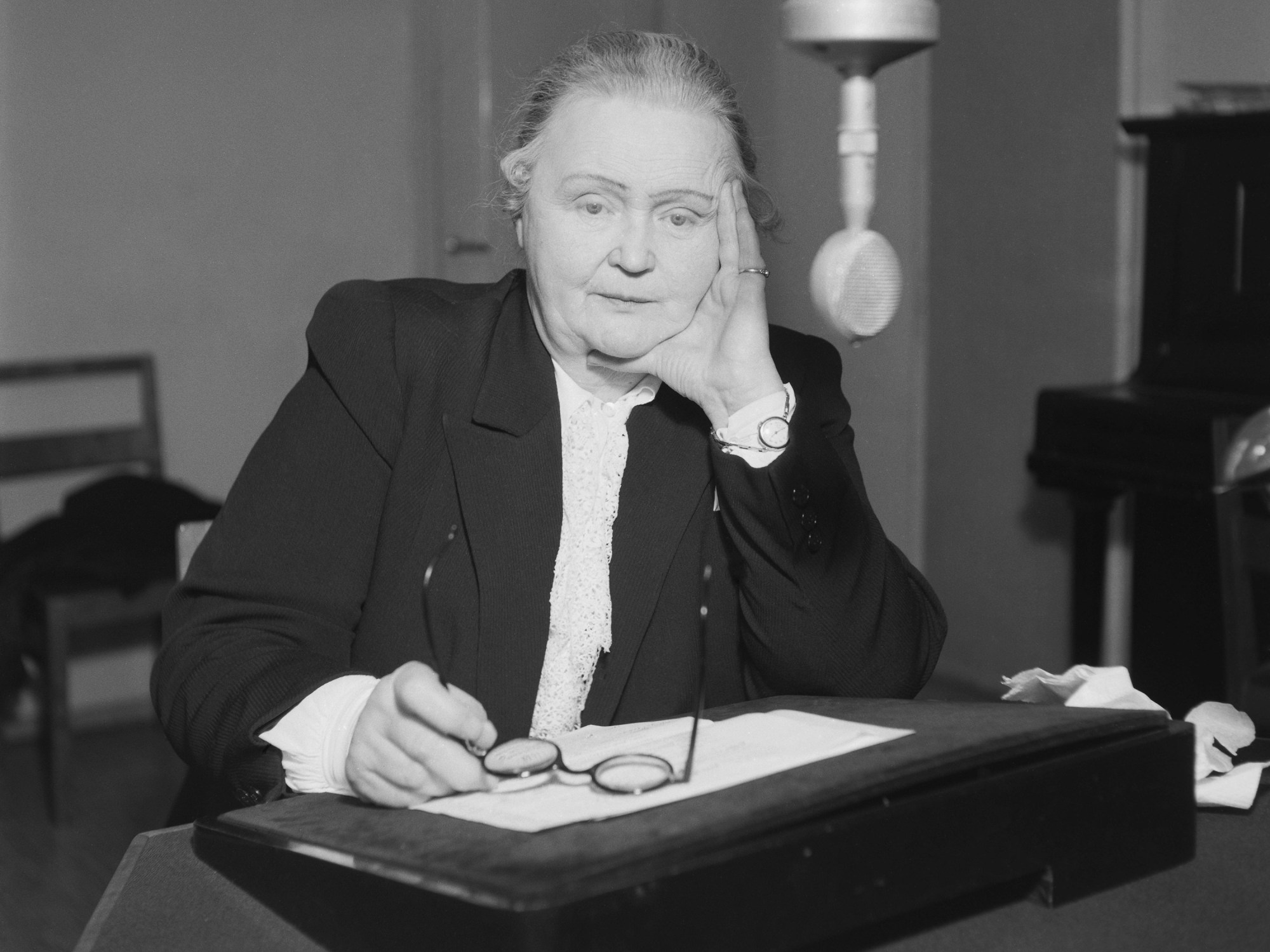
- Industry
Finnish Women Pioneers: Hella Wuolijoki’s “Women of Niskavuori”
Finnish women writers wrote strong, independent female characters for the early films of their country’s cinema
Women in Finland enjoy a high degree of equality among men. In 1906, the women of Finland became the first in Europe to be granted the right to vote. Finnish women have always dominated the theatre as playwrights, producers and directors alike. One of the pioneer authors was Hella Wuolijoki, and her books were adapted to theater as well as motion pictures.
The first Finnish talking picture released in the United States, Women of Niskavuori, is a story of the conflict between the old and new orders of living with Wuolijoki’s independent, disruptive female characters. The year is 1931 and the aging lady of the manor, Loviisa Niskavuori, is trying to get her oldest son to marry a wealthy girl. However, the attractive school teacher, Ilona, arrives in the village and causes complications when the son falls in love with her.
The golden couple of Finnish cinema, Ansa Ikonen and Tauno Palo, were the favorite stars of Niskavuori films. Ikonen was an intelligent comedian and a skillful character actress. She appeared in dozens of films and was one of the most popular actresses of her time.
Director Valentin Vaala was a master in depicting rural subjects and directing romantic melodramas. In 1938, he made the first in the series of eight agrarian family sagas of Niskavuori. Even though Niskavuori is an imaginary place and the stories are imaginary, its characters have a role model in a manor house familiar with the author.
In Niskavuoren Heta, Rauni Luoma played the main character, one of the more memorable roles in Finnish literature. She is proud, feared and respected. The Niskavuori series of films is known for strong women and relatively weak men. It is one of the most popular stories of traditional Finnish cinema and culture. To date, seven feature films and two films for television have been produced out of the saga.
Wuolijoki wrote several books under the male pseudonym, Juhani Tervapää, that were characterized by tough female characters. The 1947 film, The Farmer’s Daughter, was adapted from her 1937 play “Juurakon Hulda,” which she also wrote as Juhani Tervapää.
Wuolijoki was born in Estonia and she moved to Helsinki in 1904. In 1908, she married Sulo Vuolijoki, a personal friend of Lenin. They divorced in 1923. Later, she began spelling her name with a W.
Wuolijoki was a member of the Finnish Parliament and the head of the SKDL parliamentary group from 1946 to 1947. The Finnish police suspected her of being an illegal resident spy and she was sentenced to life imprisonment. She was released in 1944 after the armistice that ended the Continuation War.
In Niskavuori movies, farm life is presented as a complex, modern industry where women discuss fat percentages and crop yields on their way to the store. Five black-and-white movies were published between 1938 and 1957.
Wuolijoki was not the only pioneer in Finnish film history. Minna Canth was a Finnish author and social activist. Canth began to write while managing her family draper’s shop and living as a widow raising seven children.
The first Finnish full-length feature film Sylvi was released in 1913. It is the adaptation of Minna Canth’s play of the same name. Orphan Sylvi is married to her older guardian, Aksel Vahli, but she passionately loves her childhood friend Viktor Hoving.